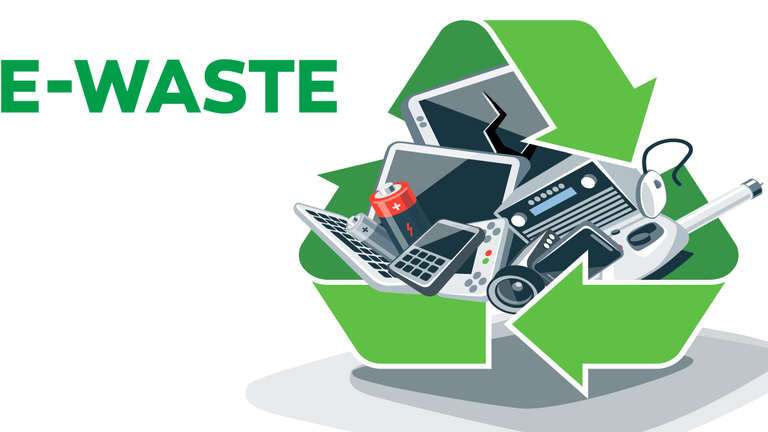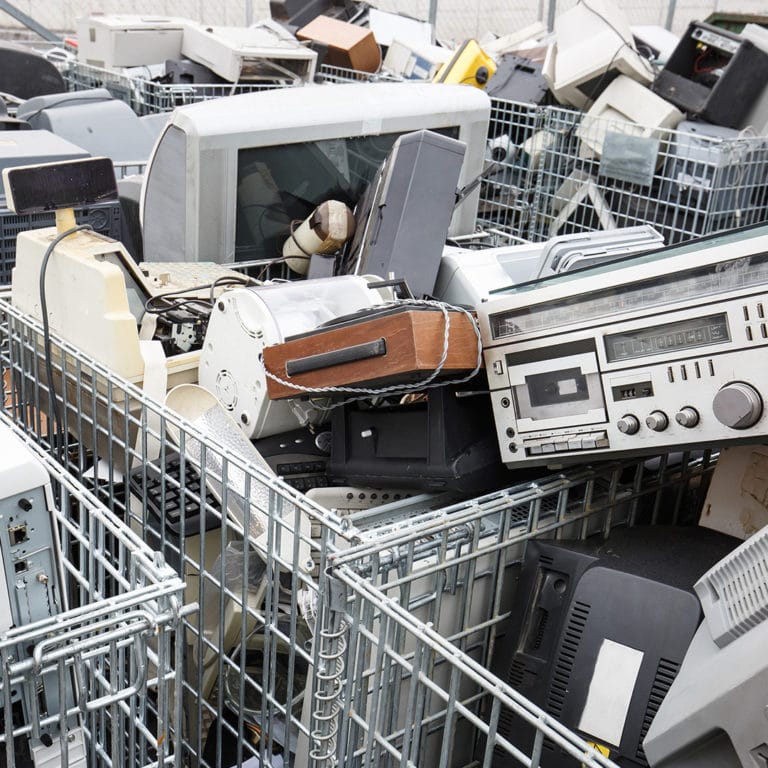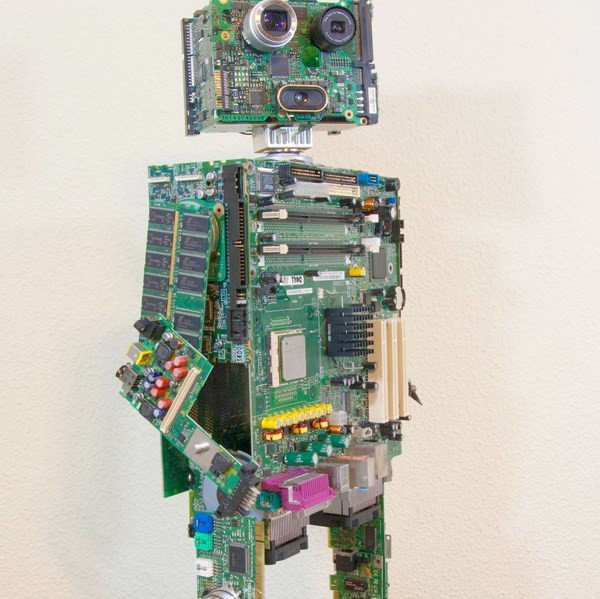Step 1:
Collection and Processing
There are several methods for collecting recyclables, including curbside collection, drop-off centers, and deposit or refund programs. Visit How do I recycle... Common Recyclables After collection, recyclables are sent to a recovery facility to be sorted, cleaned and processed into materials that can be used in manufacturing. Recyclables are bought and sold just like raw materials would be, and prices go up and down depending on supply and demand in the United States and the world.
Step 2:
Manufacturing
More and more of today's products are being manufactured with recycled content. Common household items that contain recycled materials include the following: Newspapers and paper towels Aluminum, plastic, and glass soft drink containers Steel cans Plastic laundry detergent bottles Recycled materials are also used in new ways such as recovered glass in asphalt to pave roads or recovered plastic in carpeting and park benches.
Step 3:
Purchasing New Products Made from Recycled Materials
You help close the recycling loop by buying new products made from recycled materials. There are thousands of products that contain recycled content. When you go shopping, look for the following: Products that can be easily recycled Products that contain recycled content




